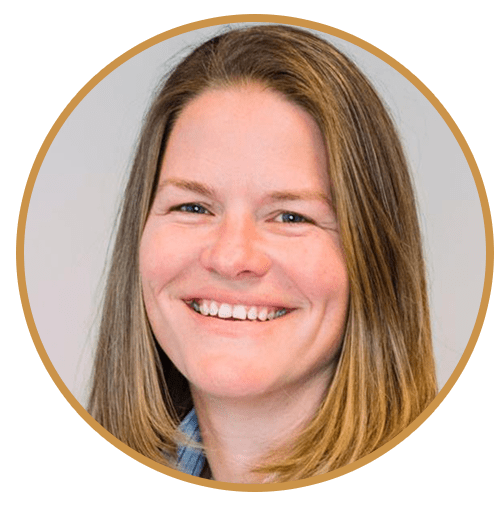

“The Lean Portfolio Management is really unique for our business and now it’s being requested all over the place, because it really was a game changer. We outperformed in 2023 financially. We achieved our OKRs. The strategy was super clear. We had improved our quality significantly. So we didn’t have any major noncompliance… and most importantly we gained back the trust from the markets and the customers first.”
—Ruti Avitan, VMO Leader, EMR & CM, Philips
Industry:
Healthcare, Medical Devices, Technology
Quick Facts:
- Philips Global has 18 businesses across multiple continents, including 5 informatics businesses, which have adopted SAFe
- In 2021, Philips Global invested 1.8 billion euros in research and development across all its business units
- The Philips EMR & CM informatics products alone improve the lives of 95 million patients every year
- Informatics customers include more than 9,000 hospitals across 70 countries
Lessons Learned:
- Transformation is possible in a highly regulated environment like healthcare. Philips EMR & CM assigned a person to each team who was dedicated to documentation and validation in order to reduce delays and meet the more than 27 different compliance requirements they faced.
- By moving away from an endless backlog of service tickets and managing defects to developing new tools and services, teams create more room for growth and innovation. They do this by defining epics, MVPs, and understanding value streams.
- People-centric innovation: Philips asked themselves, what do people (in this case, patients and clinicians, nurses and technicians, consumers) really need? And how can they best support healthcare professionals with their workflow?
- Sometimes focusing on fewer projects allows for greater scale, more innovation, better quality, and better flow of value to the customer.
Overview
In the past decade, Philips has transformed from a household products company to a focused leader in healthcare technology. The company offers medical devices such as CT and MRI machines, healthcare devices for personal use such as toothbrushes, and informatic systems for hospitals.
Philips has five informatics or software business units ranging from electronic medical records (EMR) and care management to clinical informatics, radiology, cardiovascular, and more. They began their SAFe transformation within informatics. “When I joined, this business specifically was fully waterfall, very hierarchical, especially in the R&D organization,” says Ruti Avitan, VMO Leader of the EMR & CM informatics business at Philips. “It was a business in trouble. We had a lot of red projects because of delays. We have more than 25 projects running in parallel. Each one had a different delivery date. We had escalation from customers on quality, and so on. So the motivation to do something was really high.”
Beginning in 2022, SAFe allowed the organization to define a Lean-Agile way of working and move from the traditional hierarchy to cross-functional teams. They shifted from project to product centricity, enhanced their knowledge, reduced the backlog, and made room for innovation. The result is an enterprise that is people- and patient-centric, focused on scalable innovations that prioritize safety, patient outcomes, supply chain resilience, and quality.
“When I joined, this business specifically was fully waterfall, very hierarchical, especially in the R&D organization… It was a business in trouble. We had a lot of red projects because of delays. We have more than 25 projects running in parallel. Each one has a different delivery date. We had escalation from customers on quality and so on. So the motivation to do something was really high.”
—Ruti Avitan, VMO Leader, EMR & CM, Philips
Share:
Back to: All Case Studies
Suggested Case Study: Royal Philips




